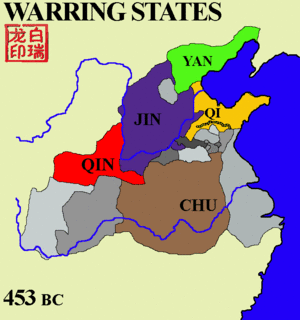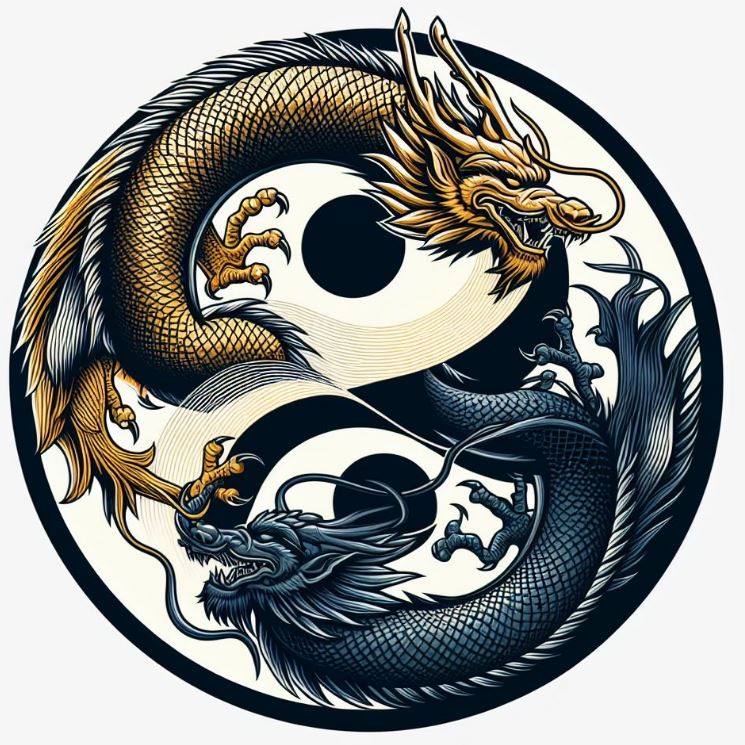In 490 BC, ten years before the battle depicted in “<300>”, a Persian army of 15,000 landed at Marathon Bay, northeast of Athens, and clashed with 10,000 Athenian soldiers. This event marked the First Persian War. Despite being outnumbered, the Athenians emerged victorious. This victory was not due to superior weapons or martial skills among the Greeks but rather their strategic use of the phalanx formation. In this tightly packed arrangement, each soldier overlapped their shield with their neighbor’s, providing protection for themselves and the soldier to their left. The Persian army, accustomed to individual combat, was caught off guard by this coordinated fighting style and ultimately suffered a massive defeat, illustrating how a well-organized military can be far more powerful than the sum of individual soldiers.
The Greek phalanx formation, known for its tight arrangement, Alexander the Great’s cavalry’s wedge attack, Zhuge Liang’s deployment of the Eight Trigrams Formation in battle, and Admiral Yi Sun-sin’s Crane Wing Formation, which involved surrounding a larger enemy force with fewer troops, all demonstrate that organized military formations can create a force greater than the sum of individual strengths.

Moreover, simple increases in numbers can augment a group’s power. For example, small animals band together to appear larger and more intimidating, thus reducing their chances of predation. Hyenas, despite being smaller and weaker than lions, maintain a balance of power through greater numbers and cohesion.
Cooperation and role specialization can create strength beyond mere numerical superiority. Evolutionary biologist Robin Baker in his book “Sperm Wars” suggests that the competition among sperm cells is not just a race to the egg but involves encounters with pathogens and sperm from other males. In cases of female infidelity, sperm cells are organized into defensive, offensive, and penetrating units, working together towards the common goal of reproduction.

Humans have long recognized the benefits of organization, which is why they typically live in communities instead of in isolation. Throughout history, they have strategically formed alliances and engaged in political maneuvers. In ancient China, these strategies were known as ‘Vertical and Horizontal Alliances,’ while today we refer to them as strategic alliances.
In the southwestern part of the Eurasian continent, historical conflicts such as the Persian Wars between Greece and Persia (circa 492–449 BC), the Peloponnesian War for Greek supremacy (431–404 BC), Alexander’s Persian conquests (334–323 BC), and the Punic Wars during which Rome dominated the Mediterranean (264–201 BC) were unfolding. Simultaneously, in the Chinese mainland, the Warring States period (Zhanguo or 戰國時代) was progressing.

During this era, the Chinese continent, initially fragmented into about a hundred states, consolidated into what are known as the ‘Seven Warring States’ of Han, Wei, Zhao, Qi, Qin, Chu, and Yan, engaging in fierce competition. As the Warring States period reached its midpoint, the Qin state began to emerge prominently, eventually leading to the unification of China.
During this time, a figure named Su Qin advocated for a strategic alliance of six states—Yan, Zhao, Wei, Han, Chu, and Qi—against the powerful Qin, convincing them that by joining forces, they could oppose Qin. This strategy is known as the Vertical Alliance. However, another strategist, Zhang Yi, who studied with the same teacher as Su Qin, argued that unless these states allied with Qin, they would be conquered one by one. Although initially united, the persuasive power of Zhang Yi’s Horizontal Alliance strategy caused significant instability among these states.
Eventually, Su Qin’s efforts led to a temporary alliance among five states, with the king of Chu as their leader, to combat Qin, but they suffered a major defeat at the hands of Qin in the battle at Hangu Pass and were scattered. Qin ultimately conquered these smaller states one by one, leading to the unification of China under its rule.
Sun Tzu taught that unity is strength and division is weakness, encapsulated in his strategy: “Concentrate all your forces into one while dividing your adversary’s forces into ten.” This principle is as relevant in ancient warfare as it is in modern ‘corporate wars’. For example, during the video technology battle between Sony’s Betamax and Panasonic’s VHS, Panasonic’s strategy to share VHS technology with other companies led to its broader adoption and eventual market dominance. Similarly, in the corporate warfare of the second generation, the Blu-ray consortium—comprising Sony, Panasonic, Samsung, LG, and Philips—prevailed over Toshiba and NEC’s HD DVD alliance.
This strategy of competing for industry standards continues today, as seen in the automotive sector with companies like Honda and Nissan considering collaborations in electric vehicle components to secure a competitive edge. This strategic approach underpins the ongoing battles in high-tech industries, emphasizing that securing a technological or product standard can command market dominance and long-term success due to the law of increasing returns, allowing leaders to maintain and extend their lead.


답글 남기기